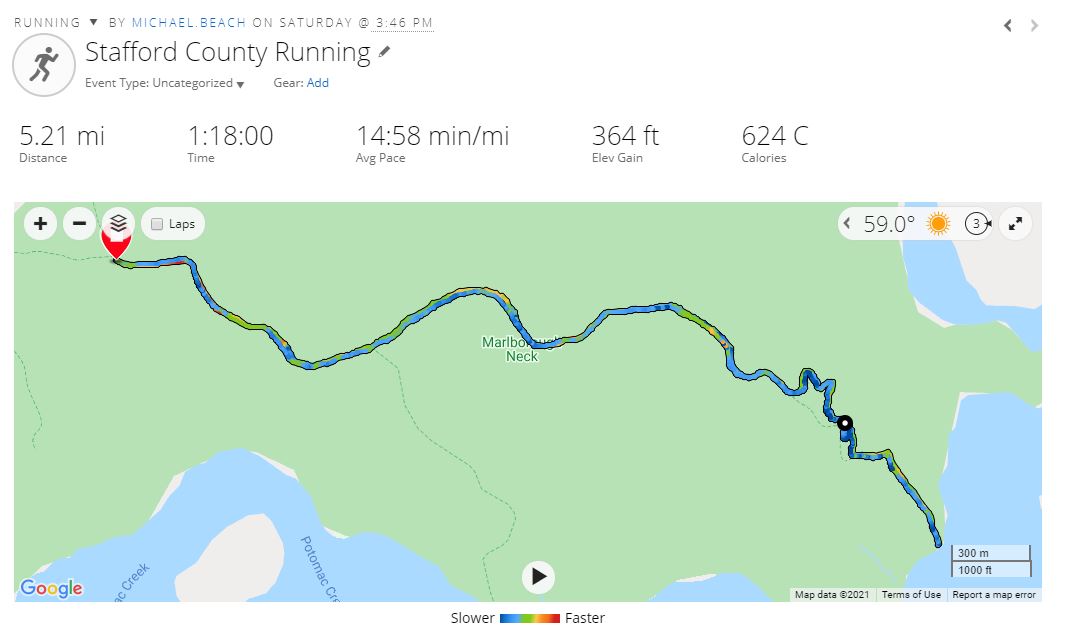Alert Diver, 37 ed.:14-16
https://www.mydigitalpublication.com/publication/?m=58549&i=693521&p=15&ver=html5.
The publisher of this magazine is Divers Alert Network (DAN). The organization specializes in helping injured SCUBA divers globally. As a PADI certified Dive Master the digital version comes to me each quarter. I tend to read several articles per edition. This time my eye was captured by this posting on divers as citizen scientists. I think it grabbed me because in my academic studies I have reviewed a number of writings on the topic.
The idea of doing citizen science while diving may be attractive to divers who have perhaps done plenty of sight-seeing dives, and are interested in blowing bubbles with more purpose. To be of use, though, one should work with some sort of program. With science, it’s all about data consistency and integrity. Some form of technology will inevitably be used beyond basic SCUBA gear, even if it is as simple as a way count fish types and numbers. The work may also involve some sort of sophisticated device.
Scientists may be mixed about enlisting the help of non-scientists. It takes more work on the part of the scientific organization. Participants need at least some information about what they are to be doing and why. Because the citizen participants may vary with each dive that makes for a lot of briefings. Scientists also wonder if the data they gather from their temporary assistants will be accurate. Despite these misgivings, some scientists see involving non-scientists as a plus. More people involved means more support for their efforts. Work can get done quicker than with fewer trained people. Involving citizens may also inspire future scientists as well.
I agree with some scientists that involving general citizenry takes more effort. In the case of SCUBA diving however, the participants are at least partially trained in that they already have the skills needed to work in the environment. I also argue that avoiding use of non-scientists to collect data is short sighted. An individual project may be more controlled, but it will take longer and cost more. The reluctance to use non-scientists includes an underlying assumption that the untrained citizen can’t be successful in tasks unless they have all the background information a fully trained scientist does.
For this periodical I’ve included a link in the reference above. I hope it works for readers. The early part of the document includes strong language against republication, so I am not including my normal pdf copy as I have with other article reviews. If you want to read it and have difficulty downloading it, put a note in the comments section and I’ll see what I can do.
















 RSS Feed
RSS Feed